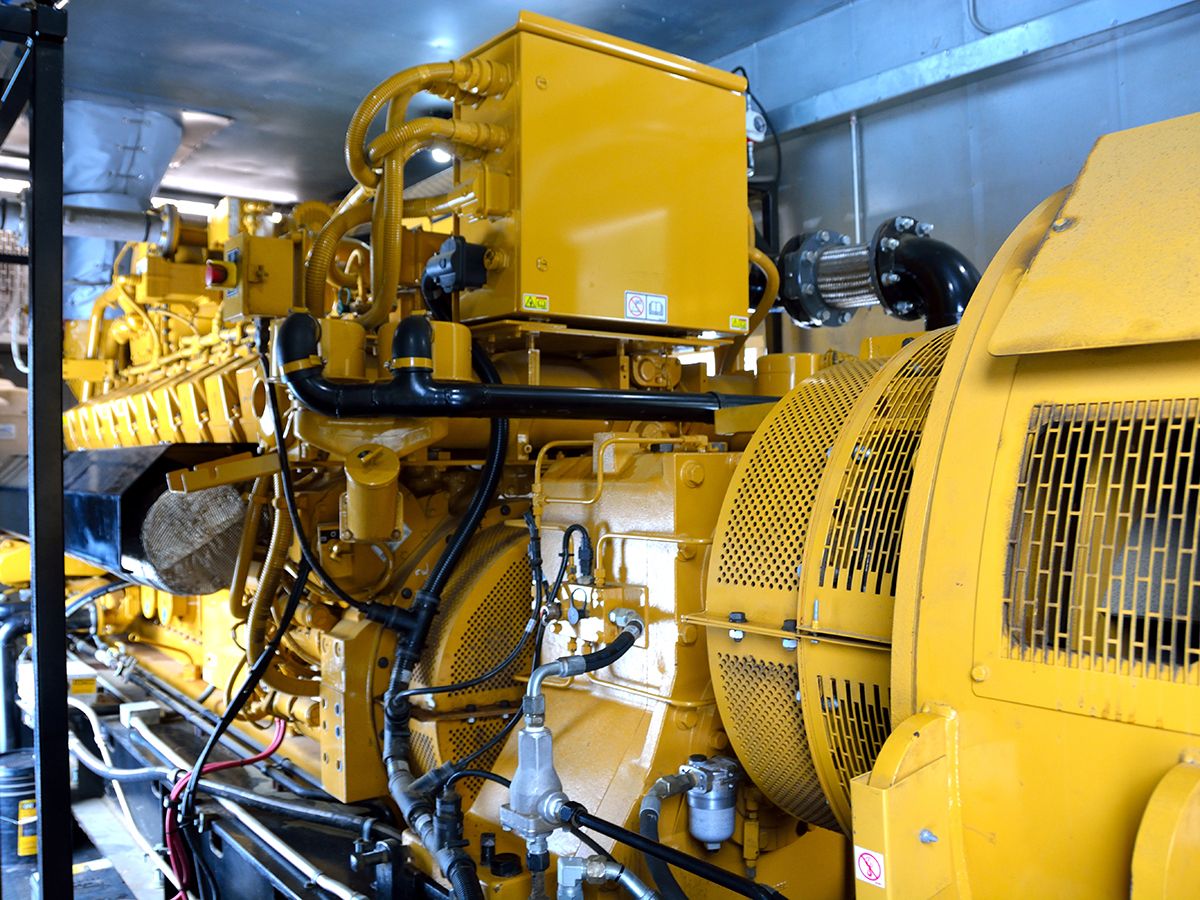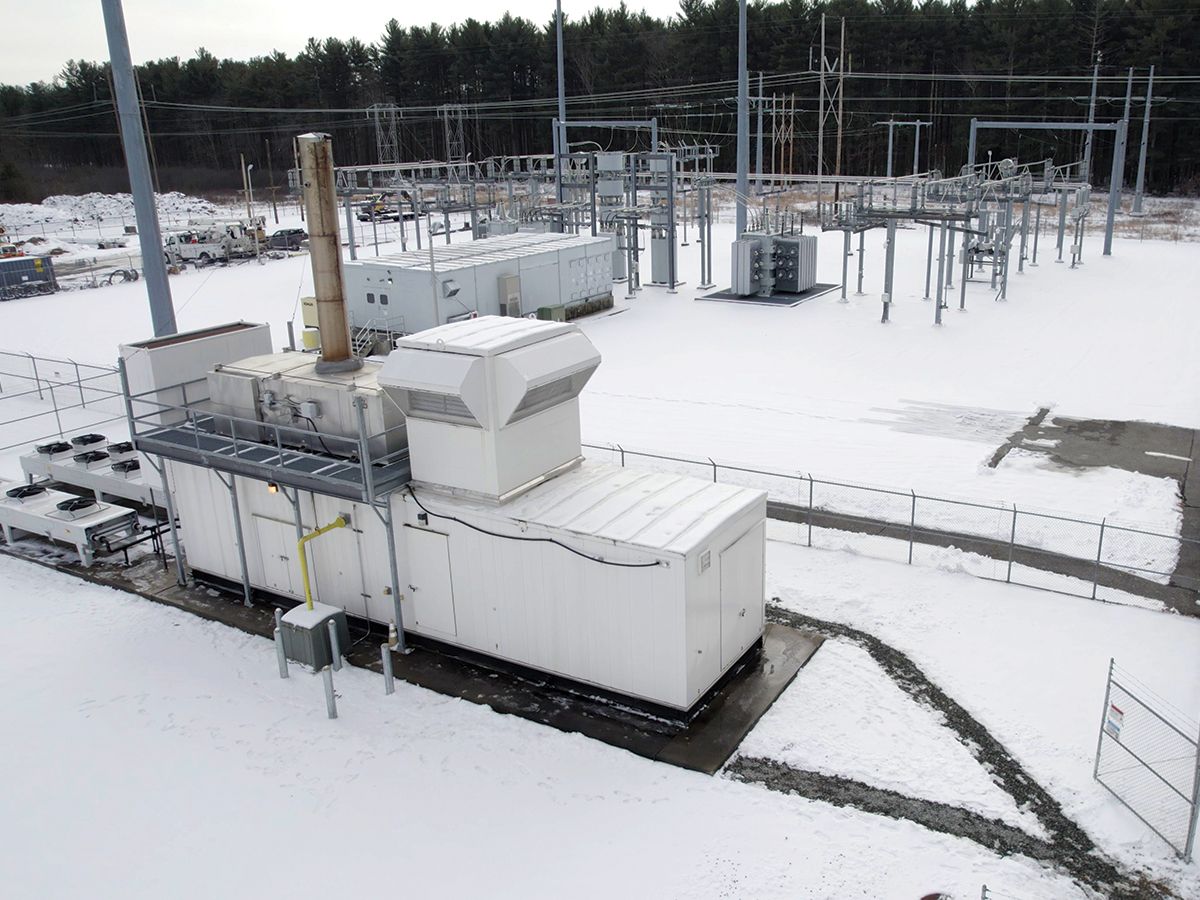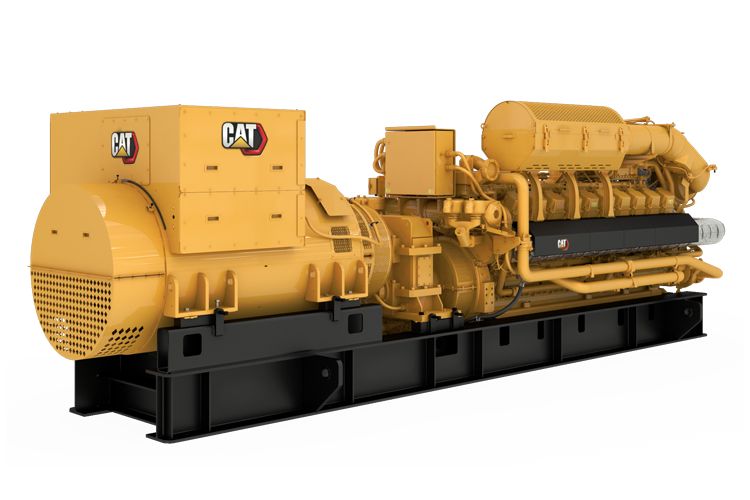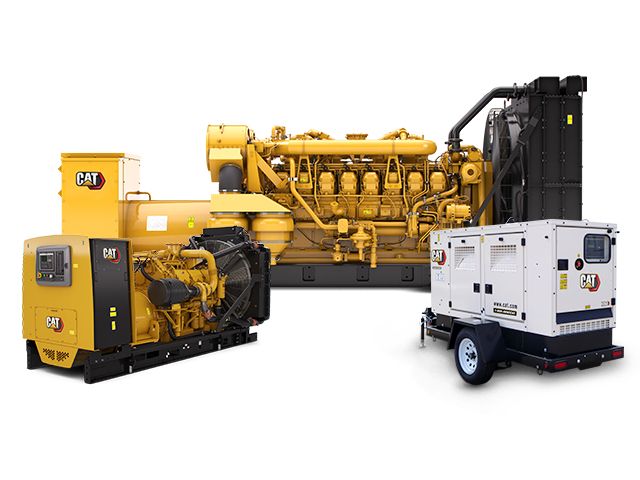POWER NEED
Established in 1894, Reading Municipal Light Department (RMLD) is a municipal electric utility serving nearly 80,000 residents in the towns of Reading, North Reading, Wilmington, and Lynnfield Center. Located 15 miles north of Boston, the utility has the largest electrical load among the 41 municipal light departments in Massachusetts.
With more than 32,500 meter connections, residential customers comprise approximately 40 percent of RMLD’s electricity sales, while commercial and industrial customer segments account for 30 percent each. RMLD serves more than 4,000 commercial and industrial customers in its service area.
Not only does the utility consistently receive high marks for customer satisfaction, but RMLD has developed a reputation for implementing leading-edge technologies and methods to hold down electric rates.
“We’re a microcosm of the greater Boston area and are close to a lot of technology and development centers,” says RMLD general manager Greg Phipps. “We’ve basically positioned ourselves as a sandbox for solution providers to come here and try out new technologies in a real-world environment.”
EPA restrictions and marginal economics have caused a significant number of generation plants to announce retirements in New England. Municipal electric utilities in the Northeast region have faced significant energy cost increases in recent years due to the retirement of older generation plants and the impact that shifts in the sourcing of generation have on transmission infrastructure that must handle more and smaller distributed generation assets.
In 2017-2018, ISO-NE customers in the Northeastern Massachusetts (NEMA) region saw capacity rates increase more than four-fold to $180,000 MW-Year.
And three years ago, the Massachusetts Clean Energy and Climate Plan for 2050 was signed into law, establishing specific targets for utilities to lower their carbon emissions by 2030 and meet progressively higher thresholds until attaining zero emissions by 2050.
Given that energy for the region is supplied mostly by natural gas—more than 50 percent—the climate bill will have a “seismic impact” for utilities that must replace natural gas as the primary energy source, Phipps says.
The bill also mandates a move toward the use of electric air source heat pumps for residential customers, who currently are 95 percent fueled by natural gas and oil.
“We’re in a situation where we’re going to double the electrical load over the next 25 years, while half of the current supply (natural gas) is going to drop down to just 10 to 15 percent,” Phipps says. “We’re at the beginning of a massive energy transition in terms of how we operate our business, how our power is generated, how we interact with our customers, and, importantly, how we help our customers optimize their energy utilization.”
“It’s a massive change in terms of figuring out how to make it work,” Phipps continues. “We’re looking at utilizing a lot of different technologies, such as geothermal, carbon capture, fuel cells, and experimentation with hydrogen and battery storage, while also incorporating data analytics. The good news is we’re taking action now.”
Reducing peak demand
The utility purchases power from a variety of sources for distribution to its customer base. With a peak demand of nearly 170 megawatts and rising capacity and transmission costs representing 40 percent of the cost structure, peak demand reduction is a constant focus in order to reduce power supply costs and maintain competitive electricity rates.
“We want to help our customers reduce their demand when our peak is high so that we can reduce overall system costs,” says Bill Bullock, Director of Integrated Resources for RMLD.
High-value hours occur when prices increase and charges related to critical peaks are assessed. Independent system operators (ISOs) and regional transmission organizations (RTOs) have an obligation to reliably meet their regions’ energy needs, even during the highest periods of energy use. To plan for these periods, power pools need to determine “how high is high” when it comes to the need for electricity.
When the system-wide need for electricity is at its peak, the ISO determines how much each energy provider has contributed to that peak and assesses them accordingly. The installed capacity (ICAP) Tag is assessed during the single highest hour of system-wide electricity usage during the year. Energy providers, including municipal utilities, are assessed a share of the peak load based on the energy usage in their service area during the ICAP Tag hour.
Municipal utilities must pay the ICAP tag, and they have no choice but to pass the cost on to customers since it's based on each customer's demand during the system-wide peak. On the surface, reducing demand charges might seem as simple as reducing energy usage across the service area during critical peak periods. But in practice, it's harder than it sounds, says Dean Musser, a managing director for Caterpillar Energy as a Service.
SOLUTION
Distributed Energy Resource Management System (DERMS) software from Caterpillar remotely monitors energy system signals, analyzes data, and accurately predicts opportunities to reduce energy costs for sites with natural gas and renewable power generation, storage, and microgrids.
By using Cat® AMP software, investor-owned and municipal utilities gain increased visibility into the customer-side assets in their service areas, making it easier to incorporate these resources into their planning and programming.
By monitoring energy market conditions and capitalizing on opportunities to dispatch assets during predicted premium price hours, utilities such as RMLD can lower costs that are passed on to customers.
“The Cat AMP technology really enables us to deploy a solution for our customers that helps us reduce costs on our system. In turn, we can share the benefits with them,” Bullock says. “It’s an out-of-the-package solution that works without a lot of upfront investment on our part.”
Caterpillar’s DERMS offering provides municipal and cooperatively owned utilities with the ability to meet their customers’ expectations for new programs. The software platform works through, rather than around, utilities to increase customer engagement without getting between utilities and their customers.
“The package enables us to alert customers when these peaks are occurring, so they can turn down motors or reduce energy consumption in other ways,” Bullock says. “By monitoring their usage and integrating it with their systems, we not only give them the information they need to shift energy use to a time that’s more convenient for them, we can also share the benefit of reduced costs. And it’s a very transparent system.”
RESULTS
Internally, RMLD utilizes the Cat software platform in a variety of ways, Phipps says. This includes:
- Internal analysis of meter data
- Monitoring solar energy generation
- Historical analysis
- Dispatch of peak shaving assets, including generators and battery storage
“Our integrated resources group uses the data for analytical purposes because the system provides a lot of useful data,” Phipps says. “We use it for power supply management and rate setting. Our grid assets team uses it to track different parts of our network. And our control operators use it to monitor the status of our battery storage and generation systems. So Cat AMP technology is deeply embedded into the organization.”
For utilities and multi-site customers, Cat AMP provides automated asset dispatch capabilities and unrivaled asset monitoring that aggregates views across energy systems or drills down to the status of individual assets at targeted locations.
The Cat AMP system tells RMLD when to run its Cat G3520H generator set to help supply power during peak demand periods on the grid. When the software notifies the utility that a peak is imminent, it automatically dispatches the Cat genset, and then shuts it off once the peak passes. Since the Cat genset was installed in 2016, Phipps says it has resulted in over $4 million in net savings to RMLD ratepayers.
Since late 2014, RMLD has worked with Cat dealer Milton CAT Power Systems when it engaged in discussions to purchase its Cat generator set. Involving the Milton team early in the process helped RMLD reduce its energy needs, while also helping meet its environmental, social, and governance (ESG) obligations, says Scott Martel, vice president of power systems for Milton CAT.
“From the dealer perspective, we bring the understanding of local marketplace regulations that are important to our customers,” Martel says. “A lot of the customers we’re serving today, maybe we’ve sold them a piece of construction equipment in the past, or we’re helping maintain some of the generators at their facilities. By having that local presence, we not only know who the customer is, what they do, and how they operate, but it’s something that really couldn’t be done from somewhere else.”
Phipps appreciates the level of technical sophistication provided by Caterpillar, backed by local Cat dealer support.
“A big part of the value Caterpillar provides is the physical assets—whether it’s energy storage or reciprocating generators—but also the software systems and the data analytics,” Phipps says. “We are highly data-oriented, and the fact that Caterpillar has integrated those assets makes it easier for us.
“We’re trying to automate as many systems as we possibly can, and the overall operation needs to be accurate,” he says. “The Cat energy management software platform is reliable and predictable and does a good job in terms of helping us handle the peaks, which is very important to us.”
Musser says the Cat DERMS software platform can help utilities and commercial and industrial customers monetize their assets and keep up with the rapid pace of change.
“The energy transition is here to stay, and we’re helping customers like Greg navigate it,” Musser says. “There are certain areas of the country that are maybe further along than others when it comes to adopting new technologies, but the whole U.S. and North America will all be on board as this increasingly becomes the normal mode of operation.”
Download the Power Profile
















